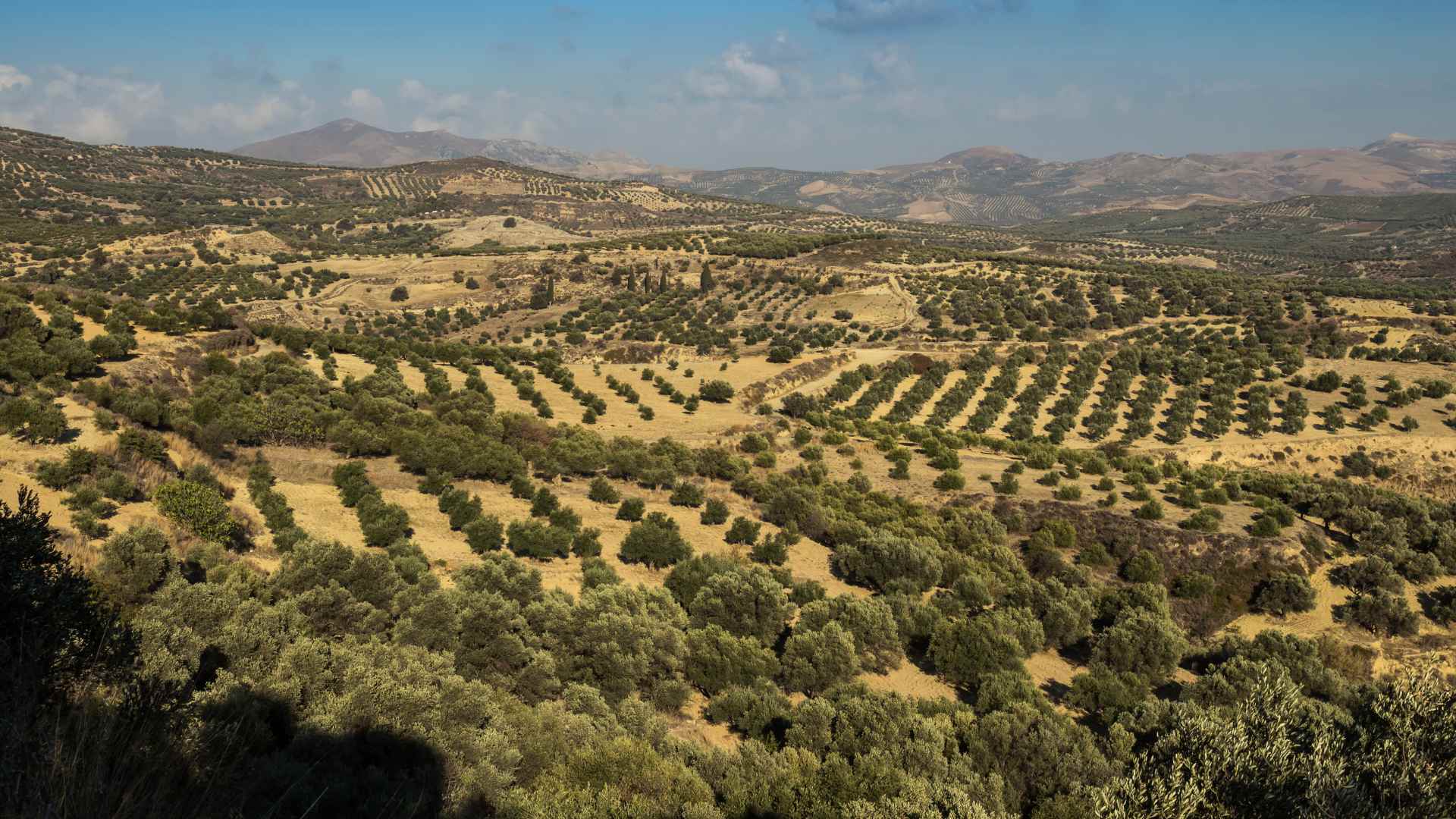Easter in Crete is a time of celebration, reflection, and, of course, food! The island's…

The Agricultural Heritage of Crete: From Farm to Table
Crete’s agricultural heritage is an essential part of its identity, shaping the island’s cuisine, culture, and lifestyle. The island’s fertile land and favorable climate have supported farming for thousands of years, making agriculture a cornerstone of Cretan life. Today, Cretan cuisine continues to reflect the island’s rich farming traditions, with fresh, locally-sourced ingredients being a central element of the farm-to-table culture.
Key Agricultural Products
Cretan agriculture produces a wide range of high-quality products that are vital to the island’s cuisine. These include:
- Olives and Olive Oil: Crete is famous for its olive oil, considered among the best in the world. The island’s many olive groves produce rich, flavorful oil that is a key ingredient in daily meals.
- Citrus Fruits: Oranges, lemons, and mandarins thrive in Crete’s sunny climate, often used in desserts, juices, and savory dishes.
- Grapes and Wine: Cretan vineyards are home to unique indigenous grape varieties, producing wines that have become an integral part of the island’s food culture.
- Vegetables and Herbs: Locally grown vegetables like tomatoes, cucumbers, and wild greens (horta) are used in numerous Cretan dishes, alongside fragrant herbs like oregano and thyme.
- Cheese and Dairy: Sheep and goats raised on the island provide milk for cheeses like Graviera and Mizithra, which are staples in Cretan cooking.
Sustainable Practices
Crete has a long tradition of sustainable farming practices. The island’s agricultural methods often avoid excessive chemicals, emphasizing organic cultivation that respects the environment. Many Cretan farmers continue to use traditional farming techniques, making the island a leader in organic agriculture, especially for products like olive oil and honey.
Agritourism: Connecting Visitors to the Land
Agritourism is growing in popularity, offering visitors the chance to explore Crete’s agricultural heritage. Tourists can visit farms, participate in olive oil tastings, and even take cooking classes to learn how to prepare traditional Cretan dishes with fresh, local ingredients. These experiences provide a deeper connection to the land and the food that defines Cretan life.
Cretan Cuisine: A Reflection of the Land
At the heart of Cretan cuisine is the farm-to-table philosophy, where meals are prepared using fresh, locally grown produce, meats, and herbs. Dishes like Cretan salad, stifado (beef stew), and moussaka highlight the island’s agricultural bounty. Every meal tells a story of the land, from the olive oil drizzled on fresh bread to the seasonal vegetables in savory stews.
Conclusion
Crete’s agricultural heritage is not just about food; it is a vital part of the island’s culture and way of life. The island’s rich soil, commitment to sustainability, and abundance of fresh ingredients ensure that the farm-to-table experience is alive and well in Crete. For visitors, it’s an opportunity to experience the true flavors of the island and connect with its deep agricultural roots.



